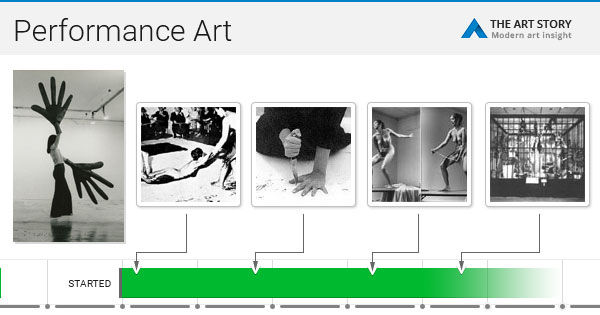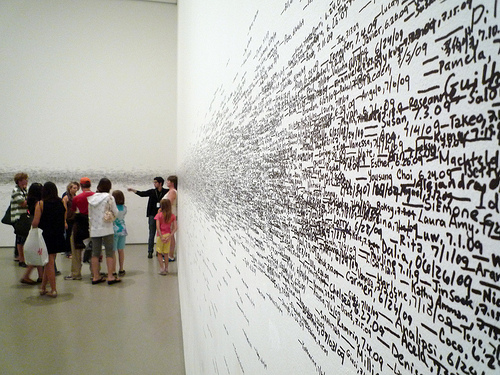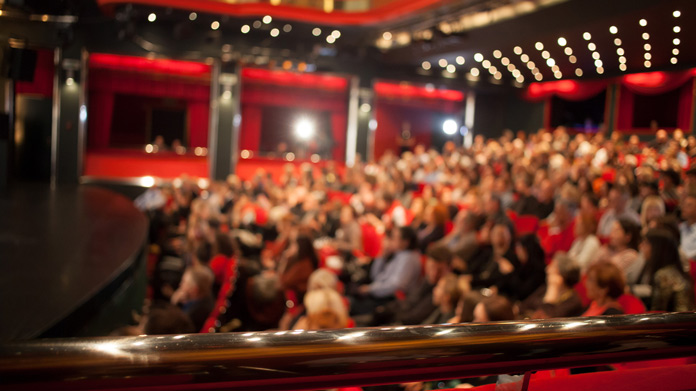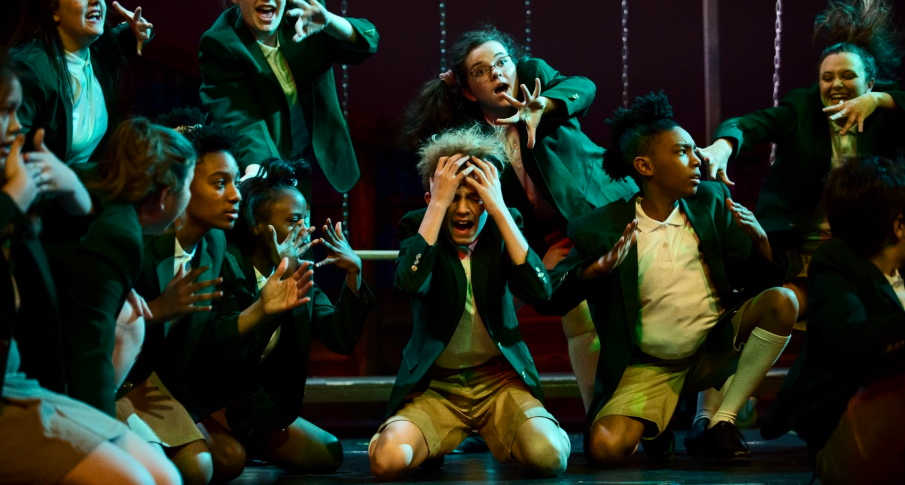Have you ever attended a performance art event and wondered what constitutes as evidence of its occurrence? Well, let’s dive into the fascinating world of performance art and explore the various forms of evidence that can attest to the existence and impact of these captivating artistic experiences. From captivating photographs capturing the essence of the performance to written reviews and testimonials that convey the emotions and thoughts of the audience, the evidence of a performance art event goes beyond the mere act itself.
In today’s digital age, evidence of a performance art event can be found across various platforms and mediums. Social media platforms like Instagram and YouTube are often filled with snippets of performances, showcasing the talent and creativity of artists. These visual recordings not only serve as evidence of the event but also allow individuals who couldn’t attend to experience and appreciate the artistry from the comfort of their own screens. Additionally, written reviews and critiques by art enthusiasts and critics provide valuable insights into the impact and significance of a performance, offering a deeper understanding of its artistic merits.
In conclusion, the evidence of a performance art event encompasses a wide range of forms, from captivating visuals to heartfelt testimonials. These various pieces of evidence not only validate the occurrence of the event but also contribute to the documentation and historical preservation of performance art. So, whether you’re an avid art lover or simply curious about the world of performance art, exploring the evidence of these events can offer a deeper appreciation for the creativity and talent that goes into this unique art form.

What Is the Evidence of a Performance Art Event?
Performance art is a unique and dynamic form of artistic expression that combines elements of theater, visual arts, and music to create a captivating experience for the audience. Unlike traditional art forms, performance art is ephemeral and exists only in the moment of its creation. As a result, the evidence of a performance art event is often intangible and abstract, leaving behind only traces and memories of the experience. However, there are several ways in which the evidence of a performance art event can be documented and preserved, allowing for its continued appreciation and understanding.
One of the most common forms of evidence for a performance art event is through photography and videography. By capturing the live performance on camera, the visual elements of the event can be preserved and shared with a wider audience. Photographs and videos can capture the movements, expressions, and interactions of the performers, as well as the overall atmosphere and ambiance of the event. They serve as a visual record of the performance, allowing viewers to revisit and analyze the artistic choices and themes explored by the performers.
The Role of Documentation in Performance Art
Documentation plays a crucial role in the preservation and understanding of performance art. It provides a means of archiving and cataloging performances, ensuring that they are not lost to time and memory. Documentation can take various forms, including written descriptions, interviews with the artists, and audio recordings of the performance. These records serve as valuable resources for researchers, historians, and curators who seek to study and analyze performance art.
In addition to photography and documentation, the evidence of a performance art event can also be found in the memories and experiences of the audience. Unlike other art forms that can be experienced passively, performance art often requires active participation and engagement from the viewer. The audience becomes an integral part of the performance, and their reactions, emotions, and interpretations contribute to the overall evidence of the event. Through their firsthand accounts and reflections, the audience members can provide valuable insights into the impact and significance of the performance.
Archiving and Preserving Performance Art
Preserving performance art for future generations is a complex and challenging task. Unlike traditional artworks that can be physically stored and displayed, performance art exists in the realm of time and space. However, there are initiatives and organizations dedicated to archiving and preserving performance art, ensuring its longevity and accessibility.
One such organization is the Performance Art Archive, which aims to collect, document, and preserve performance art from around the world. They collaborate with artists, curators, and researchers to create an extensive database of performance art works, including photographs, videos, and written records. Through their efforts, the evidence of performance art events can be safeguarded and made available for future study and appreciation.
The Significance of Performance Art Evidence
The evidence of a performance art event holds great significance in the artistic and cultural landscape. It provides a glimpse into the creative process, the intentions of the artists, and the societal and political contexts in which the performance took place. Performance art often explores themes of identity, gender, race, and power, challenging the status quo and provoking thought and discussion. By preserving the evidence of these performances, we can continue to learn from and engage with their powerful messages and ideas.
In conclusion, the evidence of a performance art event may be intangible and abstract, but it is no less valuable or important. Through photography, documentation, audience experiences, and preservation efforts, we can capture and appreciate the essence of performance art. By doing so, we ensure that these unique and transformative artistic experiences continue to inspire and provoke audiences for years to come.
Key Takeaways: What Is the Evidence of a Performance Art Event?
- Documentation, such as photographs and videos, can serve as evidence of a performance art event.
- Testimonies from audience members, participants, and critics can provide evidence of a performance art event.
- Reviews and critiques written by experts in the field can be considered as evidence of a performance art event.
- Publicity materials, such as posters, flyers, and press releases, can be used as evidence of a performance art event.
- Recordings of live performances or rehearsals can offer evidence of a performance art event.
Frequently Asked Questions
What are some examples of evidence that can be collected from a performance art event?
When documenting a performance art event, there are various types of evidence that can be collected to provide a comprehensive record of the experience. Some examples of evidence include:
1. Photographs: High-quality photographs can capture the visual aspects of the performance, including the performers, props, and set design. They can also convey the energy and emotion of the event.
2. Videos: Recording the performance on video allows for a more immersive documentation. It captures not only the visuals but also the movements, sounds, and overall atmosphere of the performance. Videos can be particularly useful for performances that involve audience interaction or participation.
How can written descriptions be used as evidence for a performance art event?
Written descriptions play a crucial role in documenting a performance art event. They provide a detailed account of the performance, offering insights into its concept, themes, and execution. Written descriptions can include:
1. Program notes: These notes typically accompany the performance and provide background information about the artists, the concept behind the work, and any relevant context. They can help the audience understand the intentions and ideas behind the performance.
2. Reviews: Reviews written by critics or audience members offer perspectives and interpretations of the performance. They can provide valuable insights into the impact and reception of the event.
How can audience testimonials serve as evidence for a performance art event?
Audience testimonials are a powerful form of evidence for a performance art event. They reflect the impact and experience of the performance from the perspective of those who witnessed it. Audience testimonials can take various forms:
1. Written testimonials: Audience members can write about their thoughts, emotions, and overall impressions of the performance. These testimonials can be collected through surveys, feedback forms, or online platforms.
2. Video testimonials: Recording video interviews with audience members allows for a more personal and expressive form of testimonial. Video testimonials can capture the immediate reactions and articulate the impact of the performance on an individual level.
How can props and artifacts be used as evidence in documenting a performance art event?
Props and artifacts used in a performance art event can serve as tangible evidence of the performance. They can include:
1. Set design elements: Props, costumes, and set pieces contribute to the overall visual aesthetic of a performance. Documenting these elements through photographs or videos can help recreate the atmosphere and visual style of the event.
2. Performance scripts or scores: If the performance involves scripted or scored elements, these documents can provide valuable evidence of the creative process and execution. They can be analyzed to understand the structure, themes, and intentions behind the performance.
How can documentation of audience reactions be considered evidence for a performance art event?
Documenting audience reactions is an important aspect of capturing the impact and reception of a performance art event. It can be done through various means:
1. Audience surveys: Surveys can be distributed to collect quantitative data on audience reactions. Questions can range from rating the performance to asking about specific moments that stood out.
2. Social media posts: Monitoring social media platforms for posts and comments related to the performance can provide insights into the public’s perception and engagement. These posts can capture immediate reactions and generate buzz around the event.

The Case for Performance Art | The Art Assignment | PBS Digital Studios
Final Summary: Unveiling the Evidence of a Performance Art Event
As we conclude our exploration into the intriguing world of performance art events, it becomes evident that the evidence of such events lies not only in the tangible artifacts, but also in the intangible experiences they create. Performance art is a dynamic and ever-evolving medium that challenges traditional artistic boundaries, leaving a lasting impact on both the artists and the audience. Through the ingenious fusion of various artistic disciplines, performers are able to convey powerful messages, provoke emotions, and ignite conversations.
One of the key pieces of evidence that signifies the occurrence of a performance art event is the documentation captured in photographs, videos, and written accounts. These records capture the essence of the event, freezing the fleeting moments and allowing them to be shared and experienced by a wider audience. They serve as a testament to the creativity and skill of the performers, as well as the reactions and interactions of the viewers. In today’s digital age, these visual and written evidences also play a vital role in promoting and preserving performance art, reaching audiences far beyond the physical space of the event.
However, it is important to note that the true evidence of a performance art event cannot be confined to material artifacts alone. The energy and atmosphere created during the live performance, the spontaneous interactions between the performers and the audience, and the memories etched in the minds of those present all contribute to the authenticity of the event. Performance art is an immersive experience that transcends the traditional boundaries of art, often blurring the line between artist and spectator. It is through these intangible elements that the true essence and impact of a performance art event can be felt and understood.
In conclusion, the evidence of a performance art event extends beyond physical artifacts and encompasses the emotional and intellectual impact it has on those who witness it. Through a combination of documentation and personal experiences, these events leave an indelible mark on the artistic landscape. As we continue to explore and appreciate the world of performance art, let us embrace the evidence that lies not only in the tangible, but also in the intangible, allowing us to fully grasp the transformative power of this captivating art form.




